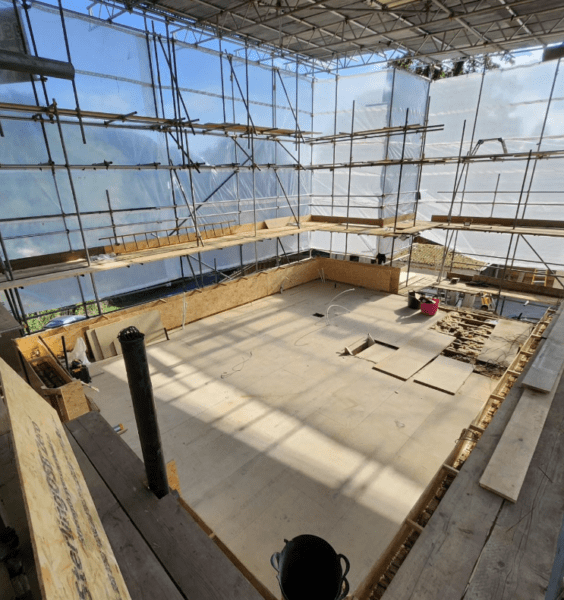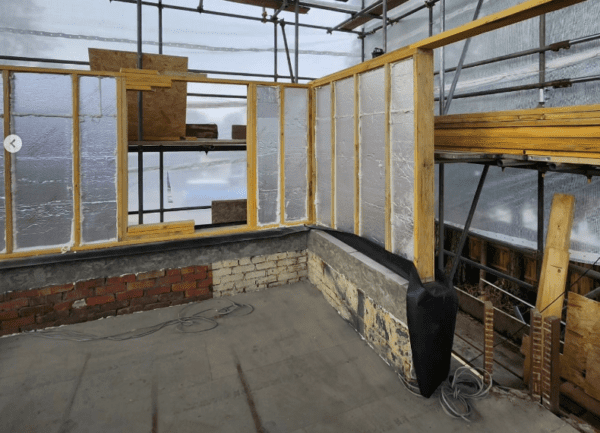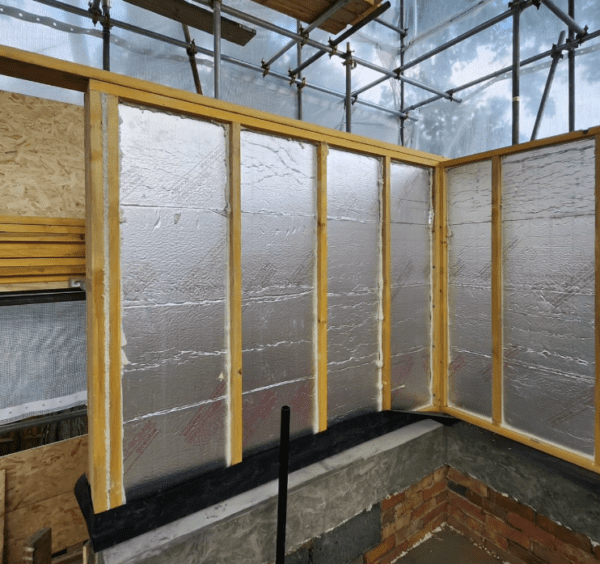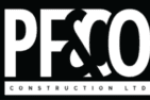Embracing Timber Frame Construction: A Shift in Structural Design and Constructability
A Brief History of Timber Frame Construction
Timber frame construction is one of the oldest methods of building, with evidence of its use dating back thousands of years. In the UK, timber-framed buildings from the medieval period are still standing, testament to the durability and longevity of this construction technique. Despite its historical significance, the 20th century saw a decline in its popularity, partly due to industrialisation and the rise of more modern construction methods.
The Skepticism of Mortgage Companies
For many years, mortgage lenders in the UK were hesitant to finance timber frame constructions. This skepticism was largely due to concerns about durability, fire resistance, and long-term maintenance. Lenders perceived these structures as higher risk compared to traditional brick and mortar, impacting the willingness to offer mortgages for timber-framed properties.
The Renaissance of Timber Frame Construction
However, the last few decades have witnessed a dramatic shift. Advancements in technology, materials, and construction techniques have addressed the concerns that once made mortgage companies wary. Today, timber frame construction is celebrated for its numerous advantages
:
- Sustainability: Timber is a renewable resource, and modern timber frame structures are designed with sustainability in mind, reducing the carbon footprint of new buildings.
- Efficiency: Timber frame buildings are quicker to erect, allowing for faster construction timelines and reduced labour costs.
- Flexibility: The versatility of timber frame construction supports a wide range of architectural styles and design possibilities.
- Durability: Modern treatments and engineering practices have significantly improved the durability and fire resistance of timber frame constructions, making them as safe, if not safer, than their traditional counterparts.
Why Mortgage Companies Are Now On Board
Mortgage lenders have taken note of these advancements. The improved structural integrity, enhanced safety features, and the sustainability of timber frame constructions have mitigated previous concerns. Moreover, the increasing demand for environmentally friendly and energy-efficient homes has made timber frame constructions more appealing to both lenders and buyers. Today, obtaining a mortgage for a timber-framed property is no longer the challenge it once was.
Navigating Design Codes and Seeking Expert Guidance
For those involved in or considering timber frame construction, understanding the relevant design codes and knowing where to find expert advice is crucial. In the UK, the design and construction of timber frame buildings must adhere to specific standards and regulations to ensure safety, durability, and performance. The primary reference for timber construction is Eurocode 5 (EC5), “Design of Timber Structures,” which provides comprehensive guidelines for the design of buildings and civil engineering works in timber. The Structural Timber Association (STA), formerly known as the UK Timber Frame Association (UKTFA), serves as a vital resource, offering guidance, best practice advice, and technical information to professionals and homeowners alike. For more detailed guidance and the latest in timber frame construction standards, visiting the STA’s website at www.structuraltimber.co.uk and exploring the wealth of resources available through the Building Research Establishment (BRE) at www.bre.co.uk can provide invaluable insights and support. These organizations play a pivotal role in promoting excellence and innovation in timber construction, ensuring that projects meet the highest standards of quality and safety.
Conclusion: Timber Frame Construction Today
Timber frame construction has come a long way from its medieval roots, evolving into a sophisticated, efficient, and sustainable option for modern building projects. Its resurgence in popularity reflects a broader trend towards environmentally conscious construction methods that don’t sacrifice quality or durability. As mortgage companies continue to recognize the value and viability of timber frame constructions, we can expect to see more of these structures shaping the UK’s architectural landscape.



